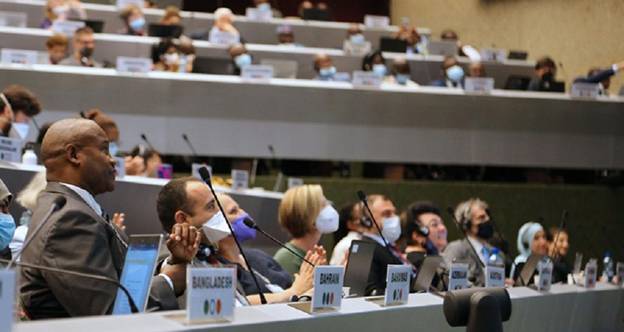Free Courses Sale ends Soon, Get It Now


Free Courses Sale ends Soon, Get It Now



Copyright infringement not intended
Context: The 18th meeting of the Persistent Organic Pollutants (POP) Review Committee (POPRC-18) to the Stockholm Convention has included five more chemicals in its agenda.
Details:
© 2024 iasgyan. All right reserved